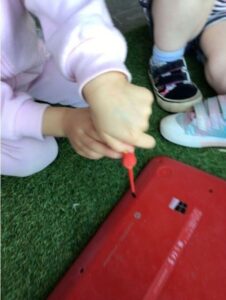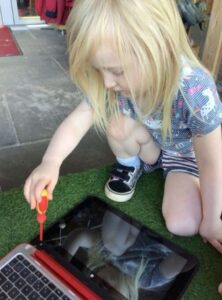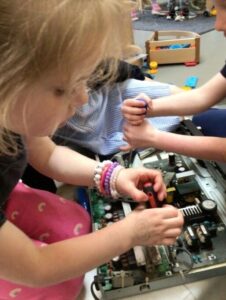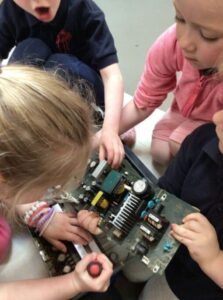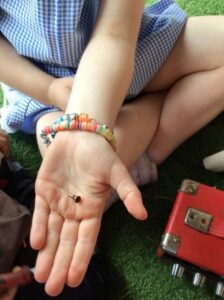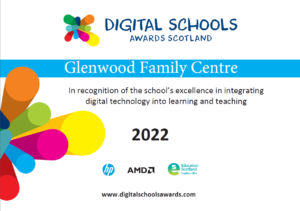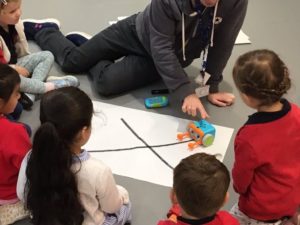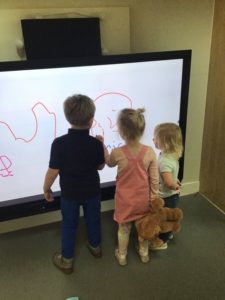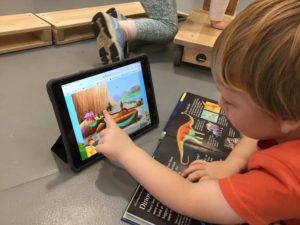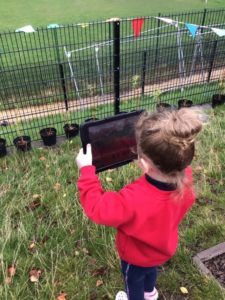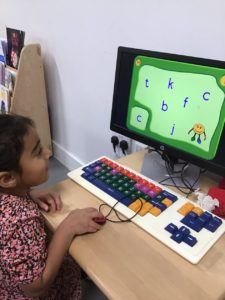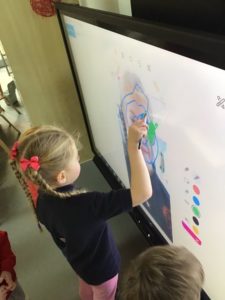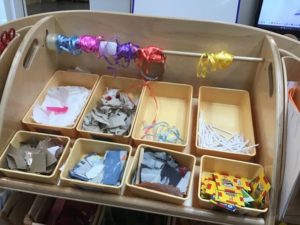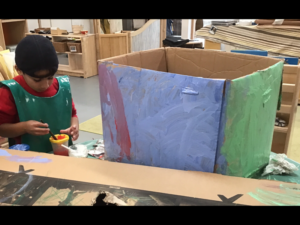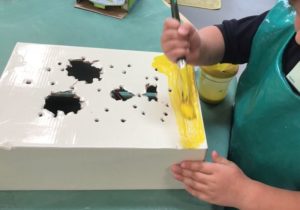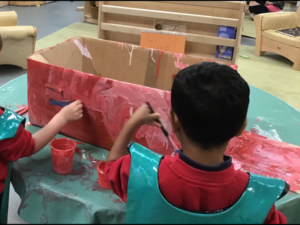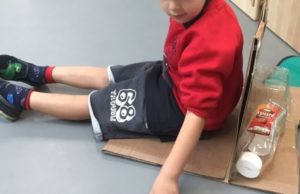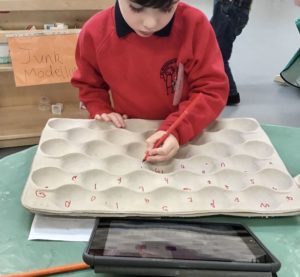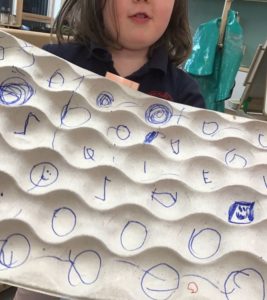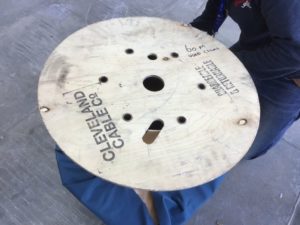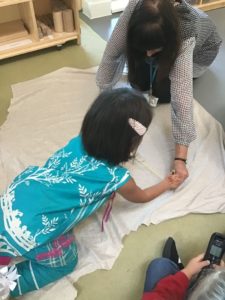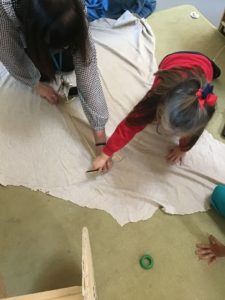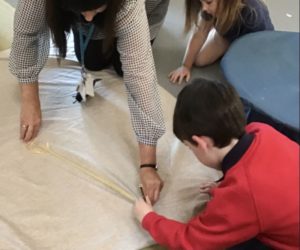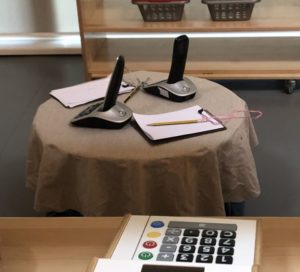Through play opportunities children can experience a range of resources that support their ICT knowledge and understanding.

CHOOSING ICT TOYS
In Glenwood, the children can choose ICT from a choosing book. The children chose a voice recordable game which supports children’s numeracy and literacy skills.

TORCHES
During their learning the children were interested in the shapes and patterns made by the light and shadows outdoors in the sunshine. To re-create shadows indoors light from a torch was projected onto a hanging sheet. The children used their bodies and open-ended resources to explore shadows, identify shapes or people from behind the sheet.

BEE-BOT
The children programmed a small robot to move forward, backwards, left and right movements to move around the floor. A programmable toy can support literacy and numeracy skills.

REMOTE CONTROL TOYS
Using remote-control toys children learn about cause-and-effect. As they play as they work out which buttons make the car go in each direction. The children set up an obstacle course with ramps to drive up and down, or tunnels for them to drive through. This is a great way to develop a child’s hand-eye co-ordination. Some of our remote control toys are operated by the iPad.

INTERACTIVE BOARD
An interactive smart board allows images from a computer screen to be displayed onto a classroom board where the children can interact with the images directly on the screen using a tool or even a finger.

IPADS/TABLETS
Ipads are available as part of the nursery’s continuous provision and children are encouraged to use them to record their achievements and share it with others using the ipads.

IMAGINARY PLAY
During their imaginary role-play children are provided with old ICT equipment. Children are observed in the home corner using the ICT in real life situations i.e. an office, a train or even a trip to space.

EXPLORING ICT AND HOW IT WORKS
Taking apart old pieces of everyday ICT equipment to look at what is inside and how it works is a popular activity. Children explore the inside of old clocks, computer boards, telephones and CD players.




